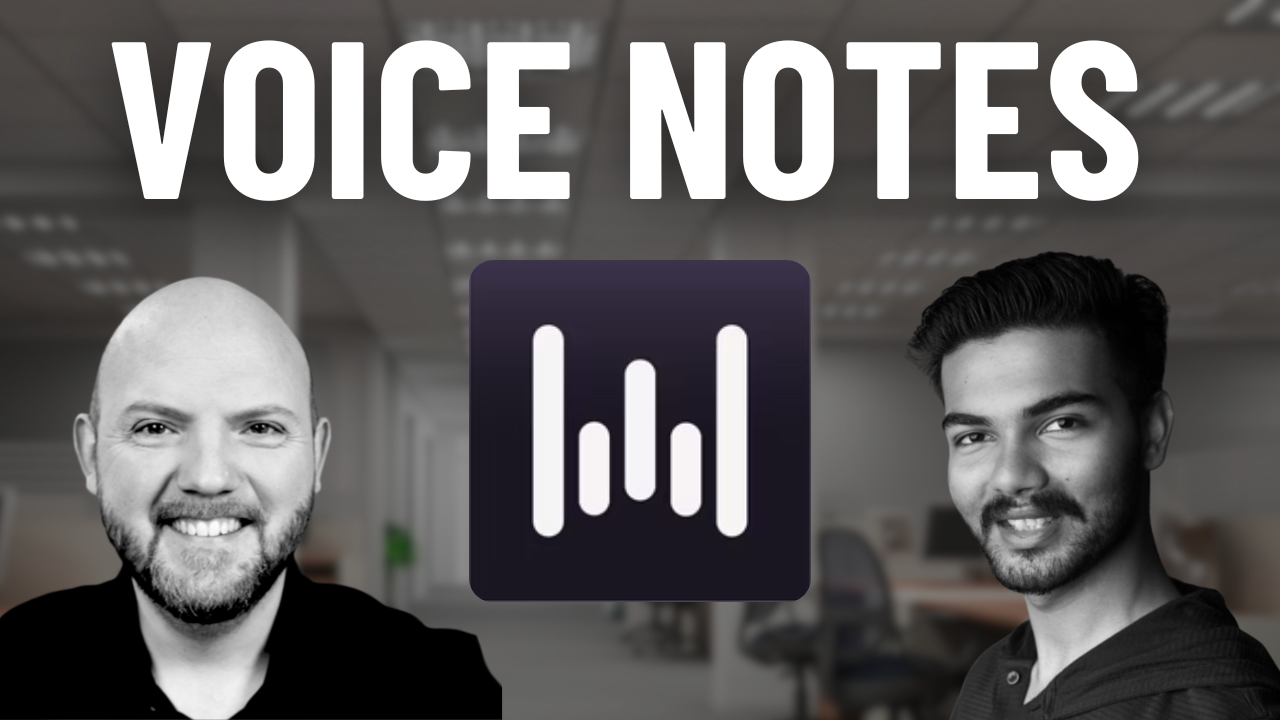In this episode of the Productivity like a Proeep into essential questions that busy professionals face when managing their productivity systems. They explore the importance of having a clear structure for your notes, establishing a single source of truth, and how to differentiate meaningful information from noise. Let’s unpack the key insights from their discussion.
The Risks of Not Having a Clear Structure for Your Notes
Without a clear structure, your notes become a pile of random data that lacks meaning and utility. As Paco Cantero emphasizes, a good note-taking system transitions data into knowledge, which then informs actionable steps. Structure isn’t about rigid folders or overly complex setups; it’s about making sense of your notes in a way that aligns with how your brain naturally organizes information. This approach not only enhances understanding but also helps you retrieve information efficiently when needed, much like tidying up a cluttered room clears the mind and restores control.
Digital tools now offer new ways to structure information beyond the traditional folder systems. Features like cross-linking, tagging, and context-driven organization allow you to reflect how the brain actually works, going beyond the limitations of physical paper and folder-based thinking. Tools like Tana and Heptabase are recommended for different purposes, enabling rapid capture of thoughts and deep analysis when necessary. The goal is to build a digital extension of your brain that mirrors your natural cognitive processes, maximizing productivity without overwhelming structure.
Establishing a Single Source of Truth
The concept of a single source of truth is often misunderstood. It’s not about finding one place for all your information but creating a clear point of reference for specific tasks or projects. Each task, note, or project can be a single source of truth, enriched with relevant data, links, and context to prevent the need for constant information searching and interruptions.
Tom Solid highlights the importance of linking back to other resources without duplicating information unnecessarily. For instance, detailed planning or brainstorming sessions in Heptabase can be linked directly to tasks, creating a seamless flow of information that supports efficient action without overwhelming your workspace with duplicated data.
Reflecting on Inner World Information
Reflecting on your inner world—your thoughts, feelings, and ideas—is essential for refining your personal productivity system. Journaling and regular reflection sessions help you process past experiences, learn from them, and adjust your approaches moving forward. Tools like Day One can provide a powerful way to capture these reflections, allowing you to track your growth and adapt your strategies over time.
Tom Solid shares his personal experience using journaling to handle corporate challenges, where reflecting on inner thoughts helped him craft better responses and become a proactive rather than reactive communicator. Reflection isn’t just about understanding past events; it’s a strategic tool to refine your mindset and approach to complex situations.
Overcoming Challenges with Multiple Productivity Systems
Many professionals struggle with trying multiple productivity systems only to find they fall short. The ICOR® methodology provides a comprehensive, end-to-end framework that integrates information management, task execution, and workflow optimization in a holistic way. Unlike other systems that focus solely on task management or note-taking, ICOR® combines these elements to create a cohesive and adaptable productivity system that suits any professional environment.
ICOR® emphasizes the importance of linking information and action, ensuring that captured data directly supports your tasks and decisions. This interconnected approach allows for a streamlined workflow where every piece of information has a purpose and place within your overall system.
How to Differentiate Meaningful Information from Noise
The information overload faced by modern professionals requires a strategic approach to capture and organization. The “Capturing Bee” mental model, as discussed by Paco, is designed to help you filter out noise and focus on what truly matters. By categorizing information into key elements, projects, and topics, the model helps you define what deserves your attention and what can be ignored.
With the vast amounts of data that digital tools bring into our daily lives, it’s crucial to have systems in place that guide your attention and ensure you’re focusing on the most impactful information. The Capturing Bee helps you navigate this by setting boundaries and making sure your captured information serves your goals and priorities.
Unlock Your Full Potential with the Paperless Movement® Membership
Are you ready to elevate your productivity system to the next level? Join the Paperless Movement® Membership and gain access to comprehensive courses on Note-Taking, Personal Knowledge Management, Task Management, and Project Management. Learn to master your digital tools and transform your productivity today!



